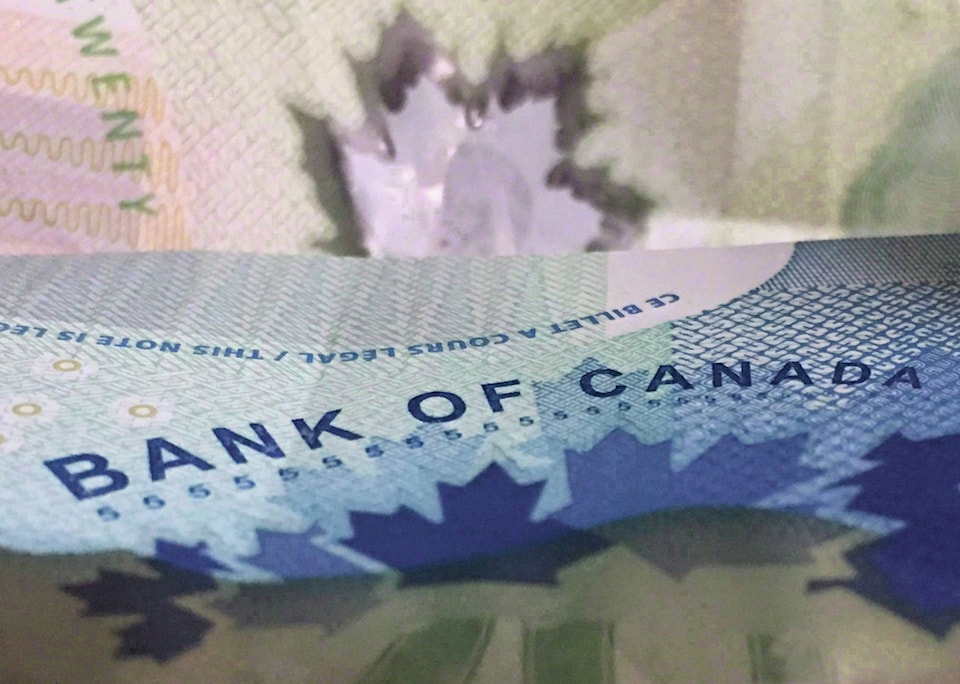TORONTO — In the 11 years Scott Terrio has spent in the financial services industry, he has heard the same thing over and over again: “I should have come in to see you 12 to 24 months earlier.”
That refrain comes from his clients — some who have had to move homes or file for insolvency — to climb out of mountains of debt they’ve accrued.
It’s obvious you’re in deep trouble when collection agents are constantly calling or you have months of unpaid bills piling up. However, the ideal time to decide you need financial help is long before it gets to that, says Terrio, the manager of consumer insolvency at Hoyes, Michalos and Associates Inc., a licensed insolvency trustee in Toronto.
But what should be your warning sign? That’s tricky to determine because most experts agree there is no magic earnings-debt ratio or even a specific number of straight months of spending more than you earn that should alert you of financial trouble ahead. Everyone’s financial situation is different, so the warning signs and how fast someone can act on them will vary, professionals say.
Terrio recommends keeping an eye on your monthly cash flow because it can be a telltale sign of when you need to be more prudent.
In Canada, there are reportedly plenty of people who could benefit from paying some extra attention.
The Canadian Association of Insolvency and Restructuring Professionals expects personal insolvencies will grow in 2020 after the rate of filings increased 8.9 per cent in November over the same 12-month period the previous year.
When looking at your cash flow, pay attention to any balances you have on high-interest debt because they can be good indicators of your financial status, says Terrio.
“If you’re carrying balances for six to 12 months or 24 months, you probably should be talking to somebody at that point,” he says.
For Kim Inglis, a financial adviser and associate portfolio manager at Raymond James, a first sign of trouble is spotting when you are spending more than you make.
“If you’re seeing people that are trying to keep up with the Joneses and they’re not saving at all because everything that they bring in a month is going out and then some, that’s a definite sign that they are not establishing the right habits,” Inglis says.
Nicola Wealth financial adviser Kyle Westhaver agrees.
He says he sees a lot of people who end up in trouble because they have no clue what they are spending every month and so they won’t necessarily spot a problem right away.
“If you create a plan for the year and you say, ‘I am going to spend $5,000 a month’ and you are lagging behind, it would allow you to pay more attention and know when you’re in trouble,” he says.
Warning signs should be even more heightened when you are considering paying off one liability with another, he adds.
“If you are paying your credit card off with your line of credit that is an easy moment to realize I don’t have a great handle on my situation,” she says.
Most advisers agree that a budget is a good place to start because it helps you set goals and can alert you when you spend too much.
Depending on how concerned you are about your financial situation, many advisers recommend turning to professionals for help.
But there are some things people can do if they catch their situation early enough or want to help turn their finances around.
“They can travel in the off-season instead of peak season and they can bring their lunch to work instead of buying every day,” Inglis suggests. “There’s endless, endless ways you can cut back and just little changes make a big difference.”
